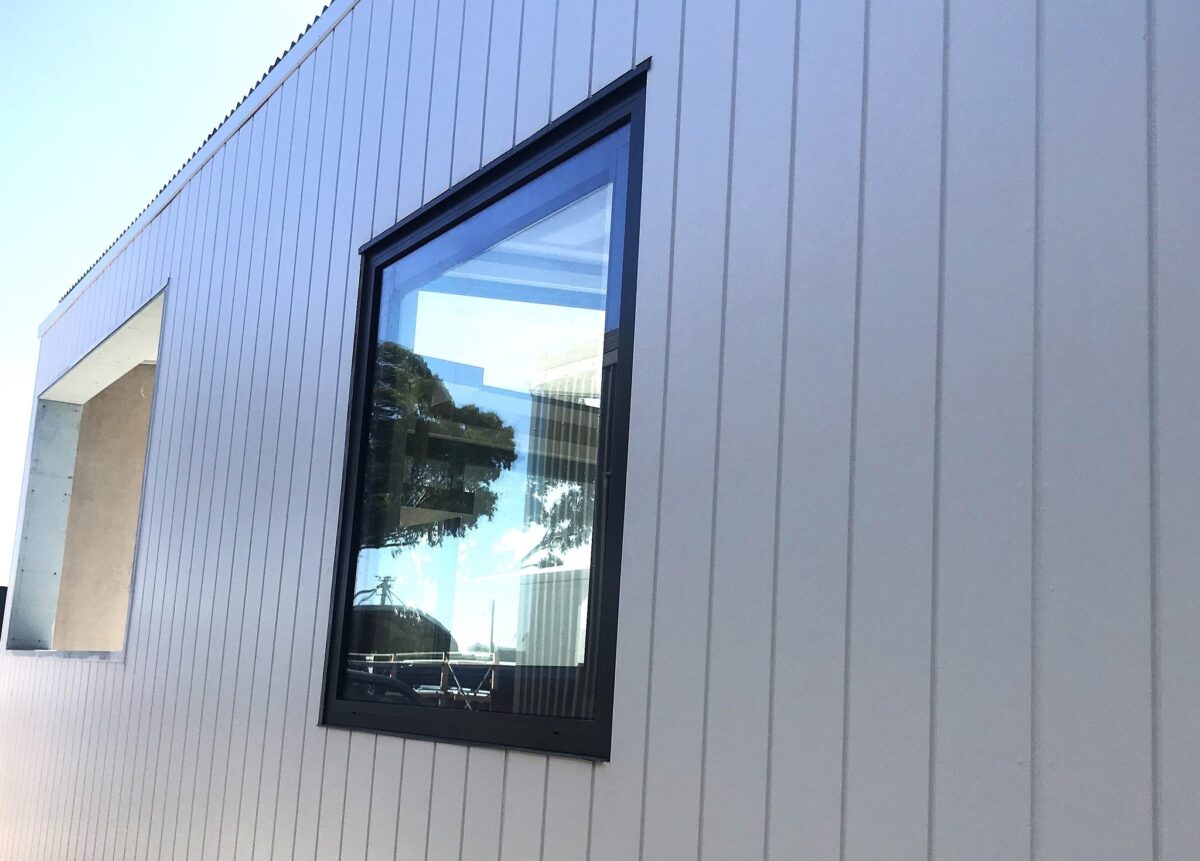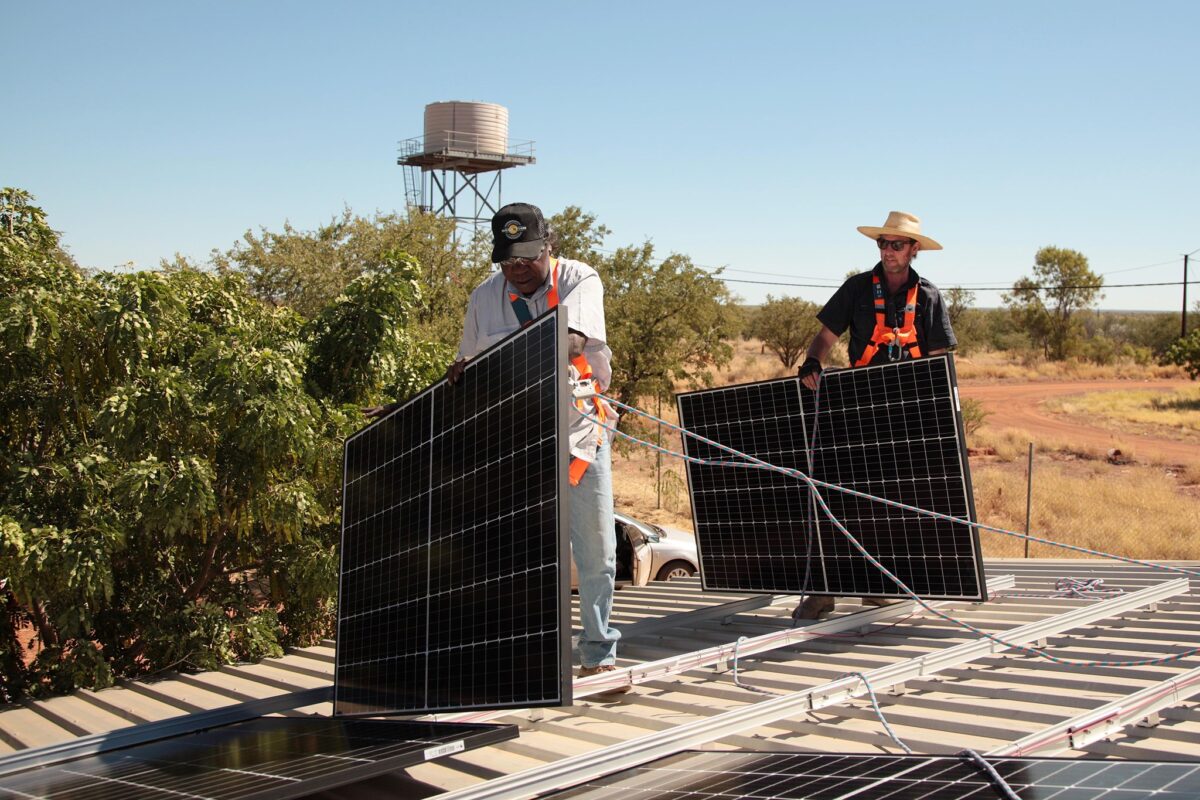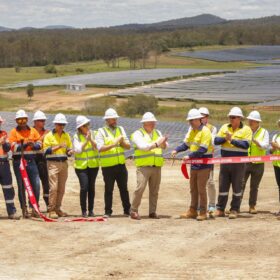Western Australia-based ClearVue Technologies says prototypes of its newly engineered Gen3 solar vision glass, which is designed to maintain glass transparency while generating electricity, have demonstrated a major boost in energy generation, involve fewer components and slashed production costs.
ClearVue’s solar glass product features PV cells around the edges of each unit. The units incorporate a nanoparticle interlayer and spectral-selective coating on the rear external surface that allow much of the light to pass through but redirects infrared and UV light to the edge of the IGU where it is harvested by solar cells.
ClearVue said independent testing by the Solar Energy Research Institute of Singapore, a research institute at the National University of Singapore, has confirmed the Gen3 product can generate more than 50 W of energy per square metre, a more than 66% increase on the previous generation product.
The company said the new product has also delivered substantial gains in production efficiency and cost reduction.
ClearVue said processing time for a double-glazed unit has been cut by more than 50%, from approximately five minutes to two minutes, with the improvement expected to drive a material reduction in production costs and enable rapid scalability.
Additionally, the number of required components has been decreased from 17 to seven, significantly reducing silicon waste and eliminating the use of aluminium and several other raw materials, thereby lowering embedded carbon.
ClearVue Chief Executive Officer Douglas Hunt said the new technology, engineering and manufacturing parameters of Gen3 solar glass would deliver flexibility for global markets.
“We are excited about the breakthroughs achieved during testing which have demonstrated significant performance improvements,” he said.
“Higher energy generation and lower production costs will help our customers offset more of their building operational energy use while further shortening payback periods.”
ClearVue said the Gen3 solar vision glass comes in single, double, or triple glazing options, and can also integrate with Chinese company LandGlass’s vacuum-insulation technology. It is available in a range of size and glass thicknesses and offers reflective and spectrally selective coating options.
Hunt said he expects full certification testing of the Gen3 solar vision glass to take about six months.
“However, as the core technologies were already certified in the previous generation of ClearVue Solar Vision Glass, and with typical project lead times of four to six months, we expect Gen3 will be incorporated into commercial proposals immediately,” he said.
The addition of the Gen3 solar vision glass to ClearVue’s portfolio of energy-generating building solutions follows the recent release of the Helios tempered solar glass panels.
Tailored for metal roof applications, the Helios features metal-backed, tempered solar glass panels available in lightweight aluminium weighing in at a 5 kg per square metre or in heavier steel that can be walked on.
The panels deliver more than 200 W per square metre, and form a sealed secondary roof surface with an air gap that reduces building temperatures by up to 30% which can significantly reduce internal cooling costs.
The product, developed under a global distribution agreement with Helios Power, is being incorporated into a modular home prototype being constructed by New South Wales-based construction company Prefabulous.
This content is protected by copyright and may not be reused. If you want to cooperate with us and would like to reuse some of our content, please contact: editors@pv-magazine.com.









By submitting this form you agree to pv magazine using your data for the purposes of publishing your comment.
Your personal data will only be disclosed or otherwise transmitted to third parties for the purposes of spam filtering or if this is necessary for technical maintenance of the website. Any other transfer to third parties will not take place unless this is justified on the basis of applicable data protection regulations or if pv magazine is legally obliged to do so.
You may revoke this consent at any time with effect for the future, in which case your personal data will be deleted immediately. Otherwise, your data will be deleted if pv magazine has processed your request or the purpose of data storage is fulfilled.
Further information on data privacy can be found in our Data Protection Policy.